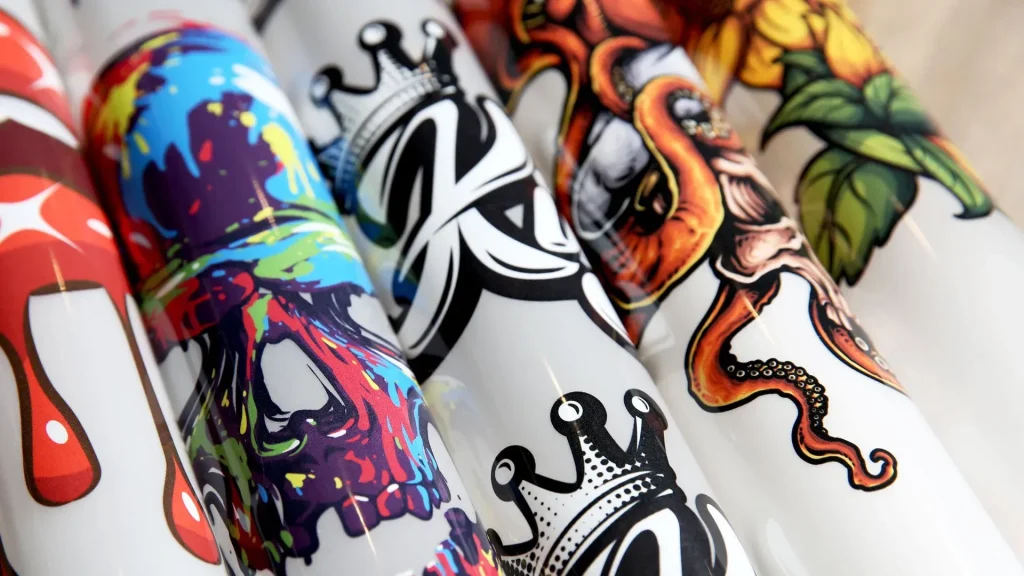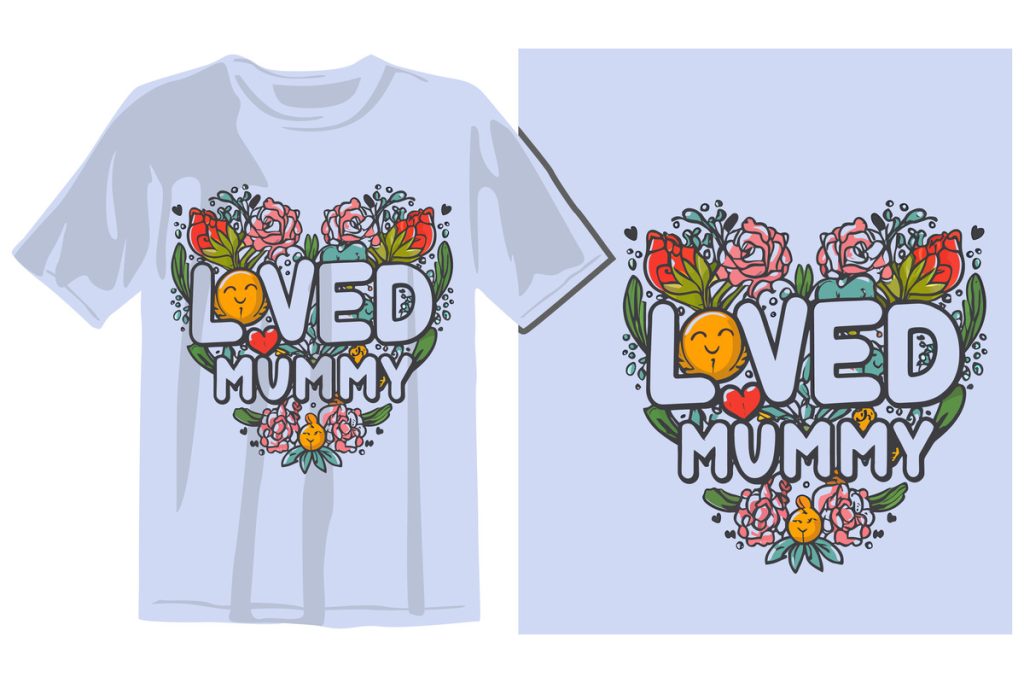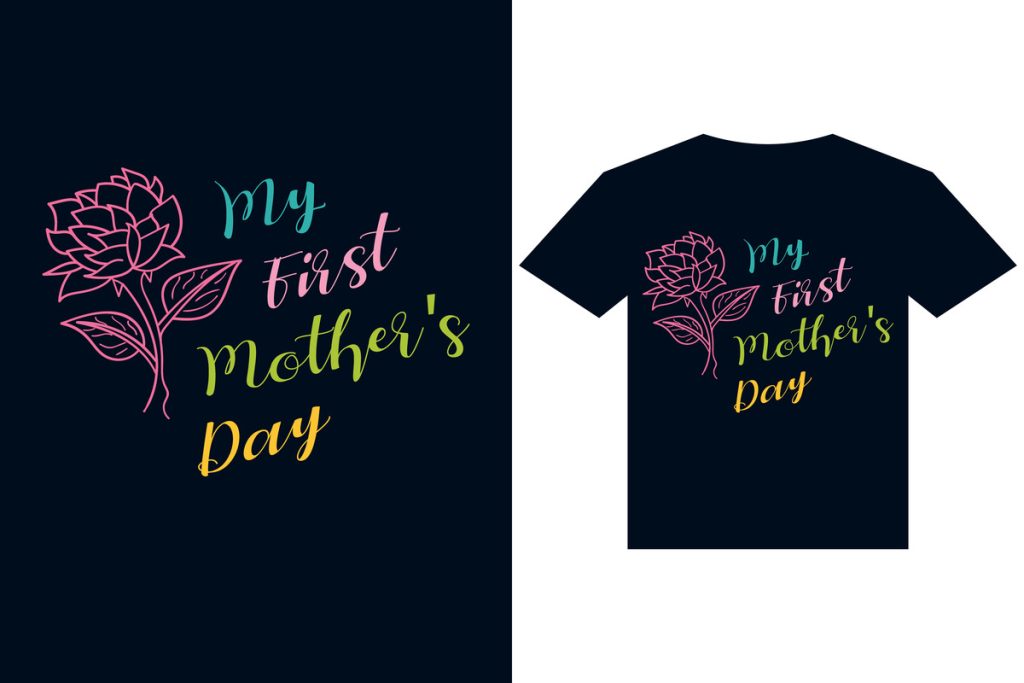DTF transfers, or Direct-to-Film transfers, are revolutionizing the printing landscape with their ability to produce stunning, high-quality prints on a variety of fabrics. As this printing technique gains popularity, many users face common DTF printing issues that can hinder their results. Whether it’s troubleshooting DTF transfers or dealing with outdated equipment, understanding these challenges is essential for achieving flawless prints. In this guide, we will delve into expert solutions for DTF transfers that will help you overcome obstacles like adhesion problems, color inconsistencies, and ghosting effects. Equipped with effective DTF printing tips, you’ll be on your way to creating vibrant, professional-looking designs that truly stand out.
The world of DTF printing, which stands for Direct-to-Film printing, introduces an innovative method for transferring images onto various materials with precision and vibrancy. This technique involves printing designs onto a specially coated film, followed by a heat transfer that permanently embeds the images into fabrics. While DTF printing is known for its versatility and high-quality outputs, users often encounter issues that can compromise their results, such as incomplete transfers and color discrepancies. In this article, we’ll explore common challenges associated with DTF printing processes and present practical solutions that will enhance your overall print quality. By understanding the nuances of this printing style and employing effective troubleshooting methods, you can elevate your DTF projects to new heights of creativity and professionalism.
Understanding the DTF Printing Process
Direct-to-Film (DTF) printing is a contemporary technique that has gained traction among printers seeking vibrant and durable designs. The process begins with a digital print of your design on special DTF film, followed by the application of a powdered adhesive. Once heated, this adhesive activates and bonds the design onto various textile substrates. Mastering the intricacies of DTF transfers is crucial, as it directly influences the quality and longevity of the prints.
Many practitioners appreciate the flexibility DTF offers, allowing for high-quality outputs on diverse materials including cotton, polyester, and blends. This versatility makes it an ideal choice for customized printing on apparel. However, despite its advantages, the learning curve to achieve flawless DTF prints can be challenging, necessitating a comprehensive understanding of the process to troubleshoot potential problems effectively.
Top Common Issues Faced in DTF Transfers
When engaging in DTF printing, users often encounter several prevalent issues that can detract from the desired outcome. Problems such as adhesion failure, ghosting effects, or even color inconsistencies are commonly reported. For example, adhesion problems may arise when the heat application is insufficient, which can lead to peeling after the transfer. Recognizing these common DTF printing issues is the first step toward effective troubleshooting.
Another frequent issue involves ghosting, where images appear foggy or duplicated, consequently ruining the clarity of designs. Understanding these challenges can empower printers to employ necessary solutions. From refining printing techniques to adjusting settings on heat presses, addressing these problems aptly will enhance the standard of your DTF transfer outputs.
Preventive Strategies for DTF Printing Problems
Preventing issues in DTF printing begins with proactive strategies aimed at quality control during the printing process. One major tactic is to ensure that all equipment, especially the heat press, is regularly calibrated and functioning within the recommended settings. Additionally, utilizing high-quality DTF films and inks will play a significant role in the end product’s durability and vibrancy.
Moreover, regularly testing and profiling your printer settings can assist in maintaining uniform color accuracy. Keeping a consistent routine for maintenance will reduce the number of common issues faced during production. By being preventative, printers can better ensure that they achieve high-quality DTF prints consistently.
Effective Solutions for Improving DTF Transfers
To elevate the quality of DTF transfers, employing effective solutions is key. One solution is addressing adhesion problems by verifying the correct heat settings—between 320°F and 350°F—and ensuring suitable pressure is applied during the transfer process. Additionally, confirming that the ink density on the film is accurately calibrated will significantly enhance adherence and overall print quality.
In situations of ghosting or incomplete transfers, making sure to secure your substrate properly before pressing is essential. You might find it beneficial to utilize heat-resistant tape as a preventive measure. By implementing these solutions, both amateur and seasoned printers can enhance their DTF outcomes and deliver professional-grade designs.
Key Tips for High-Quality DTF Prints
Achieving high-quality DTF prints requires a focus on several critical aspects. Firstly, ensuring a clean printer head will help maintain optimal ink flow and prevent print defects. Moreover, utilizing appropriate print settings tailored to the specific film and fabric will contribute to achieving the desired vibrancy and detail in your designs.
Another important tip is to perform regular test prints on scrap materials. This practice enables you to fine-tune color settings and adjust pressure and timing before committing to final products. Such careful planning and experimentation are vital in maximizing the quality and reliability of your DTF transfer prints.
Maintaining Your DTF Equipment for Optimal Performance
Routine maintenance is paramount for keeping DTF equipment running optimally. Regularly cleaning print heads, performing nozzle checks, and recalibrating your printer can prevent common issues such as color inconsistencies and adhesion problems. Taking the time to maintain your equipment not only prolongs its lifespan but enhances the overall quality of your prints.
Additionally, keeping materials compatible with DTF transfers is essential for achieving the best results. Fabric variations can influence how well designs adhere or appear post-pressing. Testing various materials will help you understand each substrate’s unique properties, significantly contributing to your printing success.
Frequently Asked Questions
What are common DTF printing issues and how can I troubleshoot them?
Common DTF printing issues include adhesion problems, ghosting effects, color inconsistencies, and incomplete transfers. To troubleshoot these issues, ensure your heat press is set correctly (320°F to 350°F), use high-quality inks, secure your substrate to prevent movement, and calibrate your printer regularly. With these tips, you can resolve most DTF transfer problems effectively.
How do I fix adhesion problems with DTF transfers?
Adhesion issues in DTF transfers often stem from insufficient heat or pressure. To fix this, ensure that your heat press is maintaining a temperature between 320°F and 350°F and is applying the correct pressure. Additionally, consider testing different ink densities on the film, as too thick or too sparse ink can lead to peeling or flaking.
What solutions are there for ghosting effects in DTF printing?
Ghosting effects in DTF printing occur when the substrate shifts during the transfer. To alleviate this issue, it is essential to secure the substrate firmly before applying the heat press. Using heat-resistant tape to hold transfer edges can also prevent movement and reduce the risk of ghosting, ensuring high-quality DTF prints.
What tips can I follow to achieve high-quality DTF prints?
To achieve high-quality DTF prints, calibrate your printer regularly, use premium inks designed for DTF transfers, and conduct test prints to fine-tune settings. Pay attention to proper heat and pressure settings during the transfer process and ensure your print film has adequate ink coverage for best results.
How can I prevent color inconsistencies in my DTF transfers?
Color inconsistencies in DTF transfers can be prevented by using high-quality inks and ensuring your printer is properly calibrated. Regularly check and adjust your printer’s settings to match your media type, and conduct test prints before large projects to ensure colors are accurate and vibrant.
What maintenance tips should I follow for my DTF printing equipment?
Regular maintenance is crucial for optimal DTF printing results. Clean the print head frequently, check for obstructions in your printer, and ensure compatibility with different materials. Regularly inspecting and maintaining your equipment will help avoid common DTF transfer issues and ensure high-quality outputs.
| Common Issues | Cause | Solution | Expert Tip |
|---|---|---|---|
| Adhesion Problems | Insufficient heat, improper pressure, or inadequate ink levels. | Ensure heat press is between 320°F to 350°F and applying appropriate pressure. Test ink densities. | Invest in a reliable thermometer and pressure gauge. |
| Ghosting Effects | Substrate shifting during transfer process. | Secure substrate firmly before pressing. Avoid lifting the press early. | Use heat-resistant tape to secure transfer edges. |
| Color Inconsistencies | Variations in ink quality or incorrect printer settings. | Calibrate printer regularly; use top-quality inks designed for DTF printing. | Conduct test prints on fabric scraps to fine-tune color settings. |
| Incomplete Transfers | Low ink coverage or incorrect transfer times. | Ensure print film is well-saturated with ink; adjust timing settings appropriately. | Follow manufacturer recommendations for transfer times and temperatures. |
Summary
DTF Transfers have become a critical technique in the realm of modern printing, marrying innovation with practicality. By understanding and addressing common issues such as adhesion problems, ghosting effects, color inconsistencies, and incomplete transfers, users can significantly enhance the quality of their prints. Proactive troubleshooting and regular equipment maintenance are essential to ensure that the DTF printing process produces outstanding, vibrant results. With these expert insights, you will be well-equipped to achieve flawless prints that meet both personal and professional standards in every project.



